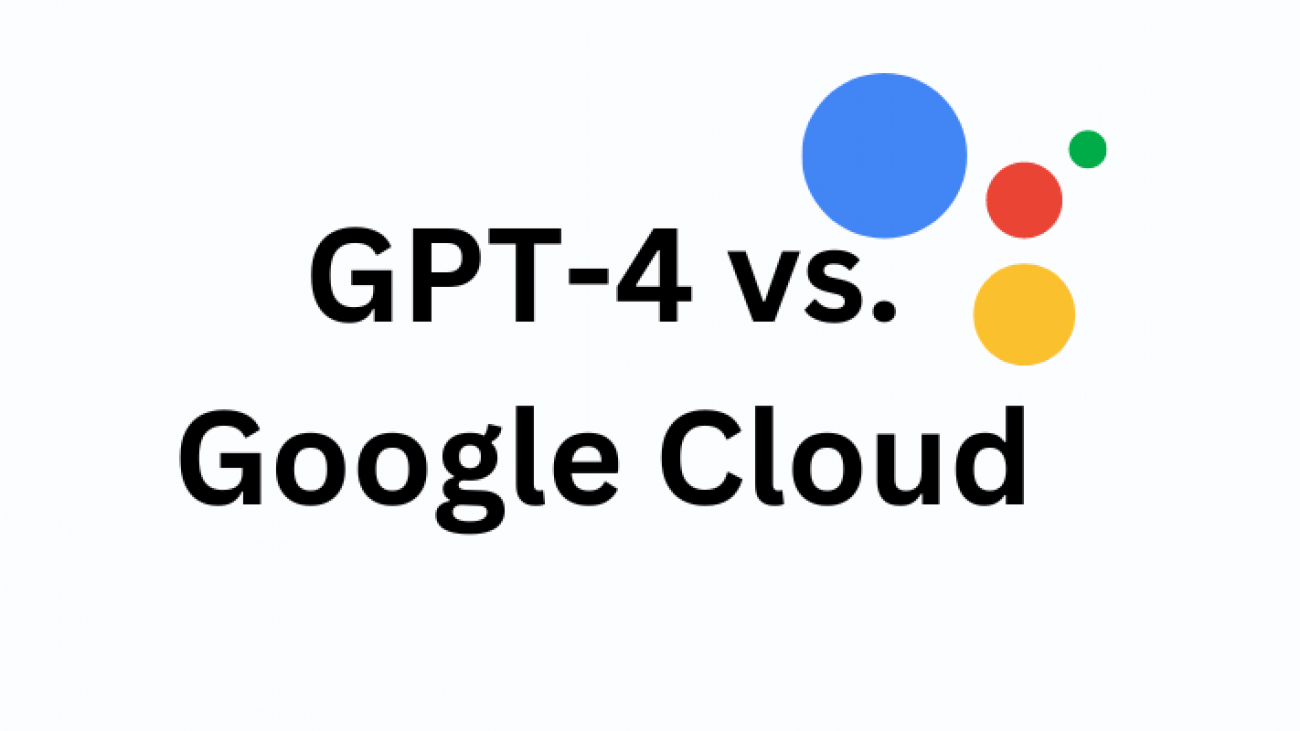In the ever-changing world of digital marketing and search engine optimisation (SEO), staying ahead of the competition is critical. As the demand for automation in SEO tasks grows, businesses are faced with a plethora of tools and technologies to choose from. In this blog post, we’ll compare GPT-4, the most recent iteration of OpenAI’s powerful language model, and Google Cloud, which offers a suite of APIs for text analysis, content transformation, and more.
GPT-4
GPT-4, the successor to the highly regarded GPT-3, has set new standards in natural language processing and comprehension. It has a staggering 45 trillion parameters and advanced capabilities, making it a promising candidate for a variety of applications, including SEO automation.
Pros of GPT-4

- Contextual Understanding: GPT-4’s ability to comprehend and generate human-like text in context is a game changer in content creation and optimisation. It excels at creating relevant meta descriptions, title tags, and other on-page elements that can help improve a website’s SEO.
- Content Generation: GPT-4’s ability to generate high-quality content can be used to create engaging blog posts, articles, and product descriptions. This can help increase a website’s authority and relevance in the eyes of search engines.
- Language Translation: For businesses targeting global audiences, GPT-4’s language translation capabilities can help them create SEO-friendly content in multiple languages, extending the reach of their website.
Google Cloud
Google Cloud provides a set of APIs to meet a variety of needs, including text analysis, content transformation, and sentiment analysis.
Pros of Google Cloud

- Natural Language API: Strong sentiment analysis, entity recognition, and language detection are all offered by Google Cloud’s Natural Language API. This can be extremely useful for understanding user sentiment towards a brand and tailoring content accordingly.
- Text-to-Speech API: Google Cloud’s Text-to-Speech API can convert text content into natural-sounding audio, allowing multimedia content to be optimised for SEO.
- Translation API: Google Cloud, like GPT-4, provides a Translation API that enables content localization and international SEO efforts by translating content into multiple languages.
GPT-4 vs. Google Cloud
|
Basis |
GPT-4 |
Google Cloud |
|
Model Size |
45 trillion parameters |
Varies across different APIs |
|
Contextual Understanding |
Strong ability to understand context in text |
Natural Language API offers contextual analysis |
|
Content Generation |
Proficient in generating high-quality content |
N/A (APIs focus on analysis and transformation) |
|
On-page Optimization |
Generates meta descriptions, title tags, etc. |
Natural Language API aids in content analysis |
|
Multilingual Support |
Language translation capabilities |
Translation API for multilingual content |
|
Text Analysis |
Limited focus on analysis (more generation-oriented) |
Natural Language API for sentiment, entities, etc. |
|
Media Optimization |
Limited capabilities for multimedia content |
Text-to-Speech API for converting text to audio |
|
Customization and Training |
Limited ability to fine-tune the model |
Custom models can be trained on Google Cloud |
|
Cost Considerations |
Costs associated with API usage and compute resources |
Varies based on API usage and cloud resources |
|
Integration Complexity |
API integration may require technical expertise |
Google Cloud's APIs designed for easy integration |
|
Real-time Capabilities |
Can generate text in real-time |
APIs generally offer real-time analysis |



Add a Comment